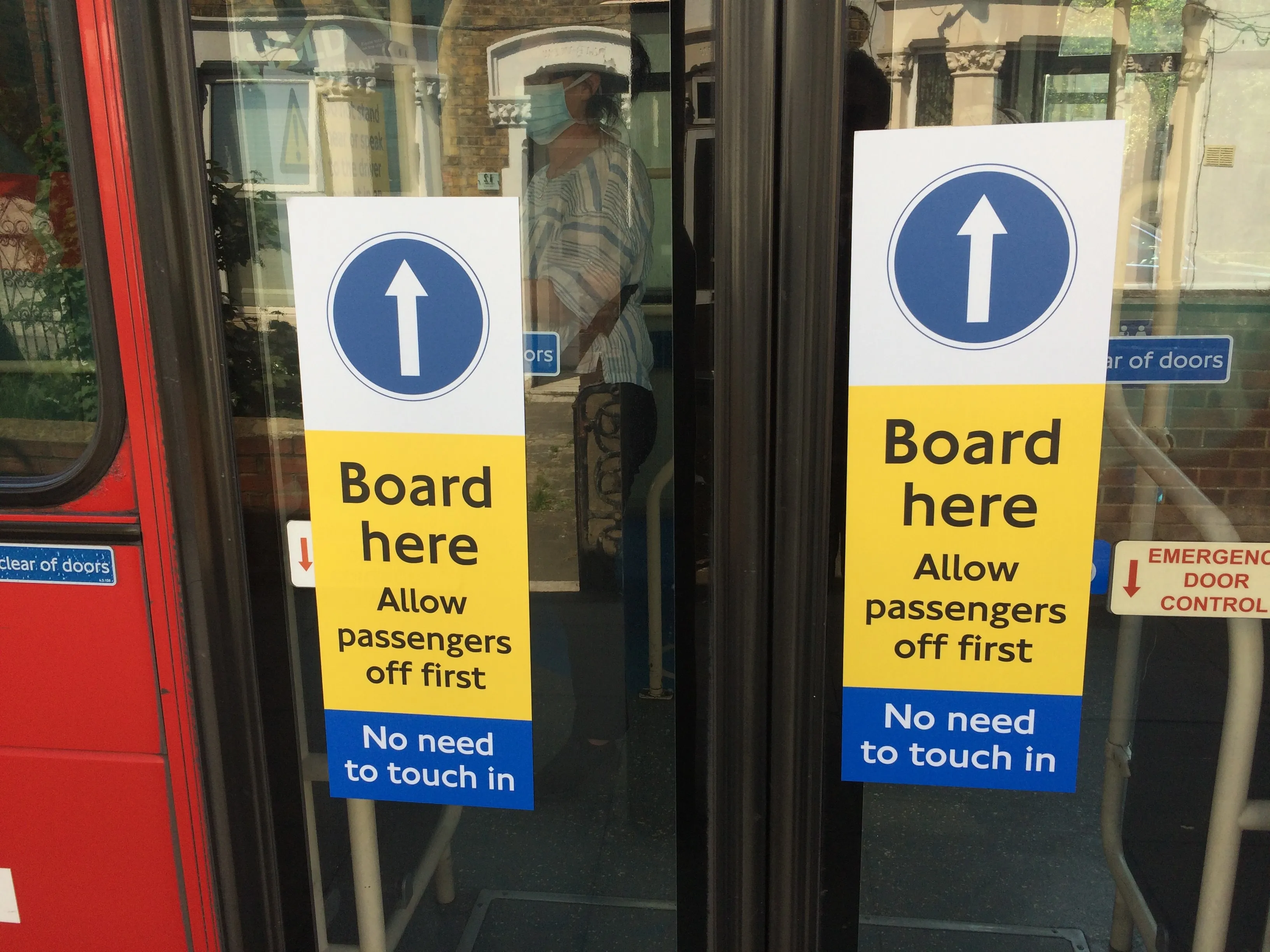German manufacturer
The company says UHPS allows drivers to control the air springs when lowering one side of the bus at bus stops - rather than having to let the air out from the spring completely.
UHPS uses ultrasound to measure the height and pressure in the air spring and sends the value of the electronic control unit, which automatically opens or closes the air spring valves. Drivers can pre-select target values in the control unit before starting their journey depending on whether they are travelling through a city or freeway.
The interaction between the control unit and air spring maintains the appropriate height and is also expected to prevent energy from being lost when the bus is lowered or raised.
Continental has also developed a heat-resistant material to protect the air springs from the extreme temperatures from exhaust systems of the engines and other heat sources.
Going forward, Continental intends to enable the air springs to send signals via the sensor technology in a bid to reduce vehicle downtime and improve road safety.
Continental launches sensor to adjust vehicle height
German manufacturer Continental says its Ultrasonic Height and Pressure Sensor (UHPS) can adjust the height of commercial vehicles electronically to improve the efficiency of urban buses.
The company says UHPS allows drivers to control the air springs when lowering one side of the bus at bus stops - rather than having to let the air out from the spring completely. UHPS uses ultrasound to measure the height and pressure in the air spring and sends the value of the electronic control unit, which automatic
August 28, 2018
Read time: 2 mins









